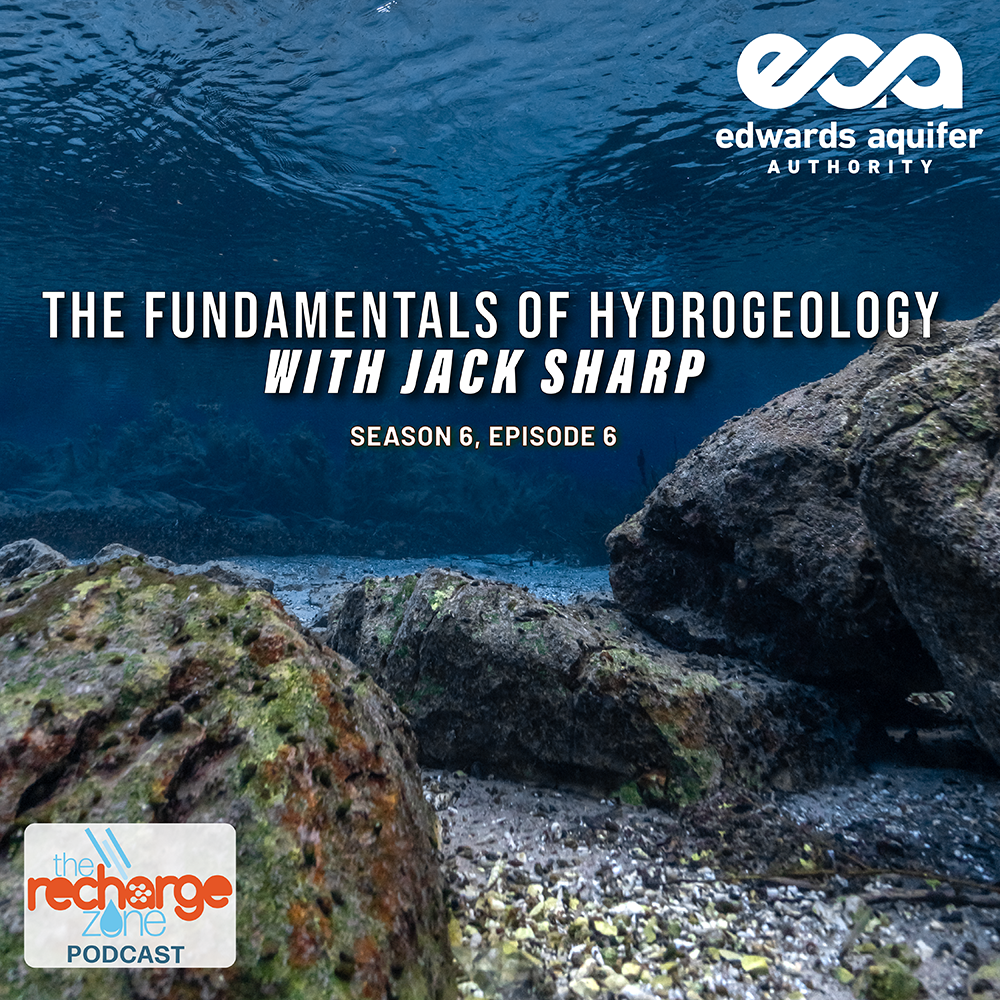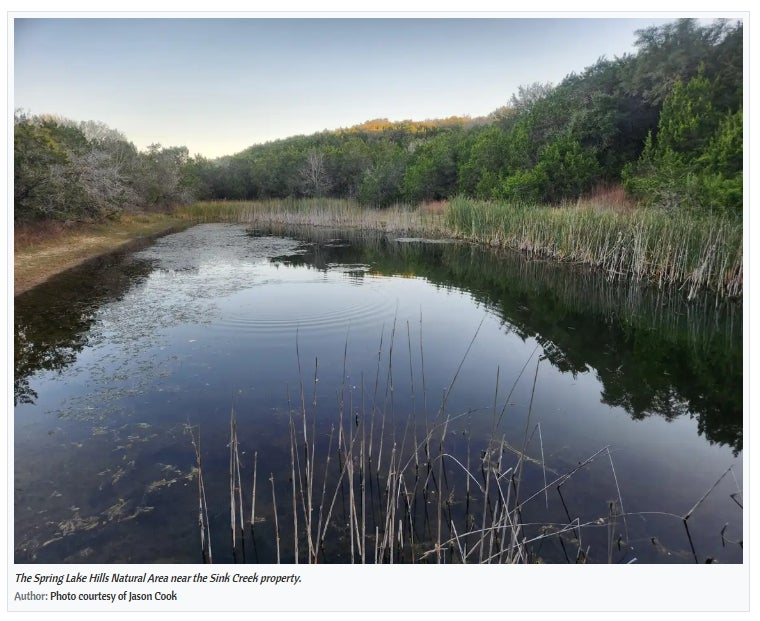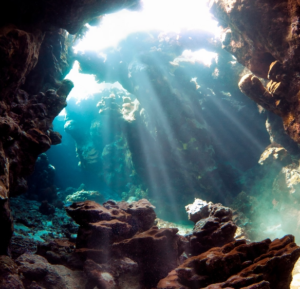2.5
millionTexans served across eight Texas counties
90,000
gallons of rainwater collected at EAA headquarters in 2024
1,940
permit holders help us manage this vital resource
10,000
students have enjoyed free field trips to the EAA EOC
2,000
native plants given free to residents in Oct 2024
The Edwards Aquifer is more than a water source — it’s a living story that connects our past, present and future. It’s the reason settlers came to this area, and it’s the lifeblood of our growth. Our aquifer is a resource we can study and learn from. It’s an incredible wonder, and it’s why we’re here.
Stay Connected to Us
Join the Conversation
🆕The Recharge Zone Podcast | Season 6, Episode 6 | The Fundamentals of Hydrogeology with Jack Sharp
Explore the fundamentals of hydrogeology with EAA Principal Geoscientist, Logan Schmidt, as he discusses the world of groundwater with world renowned hydrogeologist Dr. John “Jack” ...M. Sharp.
Dr. Sharp, professor emeritus in Geology at the University of Texas at Austin, is internationally recognized for his research on groundwater flow, karstic aquifers, urban hydrogeology, and the Edwards Aquifer.
➡️Listen here or everywhere podcast are available: https://open.spotify.com/episode/72xaqq7xBHnBQrSXzY3Q1A?si=3c2422d776df4a49
🎄We hope you have a merry and bright holiday season with your loved ones!
EAA offices will be closed December 24, 25, 26, and January 1, 2026, as we say farewell to this year and welcome in a new one! 🥳
This year our EAA Education Outreach Center reached a major milestone of 11,000 visitors who left our center as aquifer ambassadors! It is through the free educational offerings at our center that we have been able to provide a learning experience to the public unlike ever before. Thank you for ...taking the time to learn about your Edwards Aquifer, and our center hopes to see you back in the new year! 💧
Some things just make sense at the EAA Education Outreach Center...well they do to us at least! 🧠✨
Bloodworms in the freezer next to the ice cream? ✔️
Collecting dead things for educational purposes? ✔️
Rocks in your pocket because they’re too cool to leave behind? ...✔️
At the EOC, curiosity is encouraged, science is hands-on, and learning doesn’t always look “normal” and that’s exactly how discovery happens. 🪨🦉🧬
Curious what else happens here? Visit our website to learn more about the EAA Education Outreach Center and how you can get involved, visit, or support our programs.
🌱 Rooted in Texas and growing strong!🌱
In our latest Aquifer In-Sight, we’re excited to share that the Edwards Aquifer Authority handed out 3,000 native plants to the public, each one helping our community save water and support a healthier ecosystem!
Native plants don’t just... look beautiful, they thrive with less water, making them a powerful tool in protecting our aquifer. 💧✨
Want to dig deeper into our water conservation efforts?🌿 Watch the full episode on our YouTube with the link in our comments!
Manage💧Enhance💧Protect
💧ICYMI: Here is our last aquifer conditions update for the year as reported on last week during our board meeting by Paul Bertetti, EAA Senior Director of Aquifer Science Research & Modeling.
Ever wondered how we peek into the aquifer’s future? 💧🔍 Hakan Basagaoglu, Associate Director of Aquifer Science Modeling at the EAA, is sharing how our team uses advanced AI models to project groundwater levels, springflow discharge, and aquifer recharge under future climate conditions.
...
These models have helped us evaluate the effectiveness of our current drought management practices, and by simulating what the aquifer may look like down the road, we will continue to track the important role they play in aquifer sustainability.🌎💧Through innovative research and aquifer management we are committed to ensuring the quantity and quality of water in the Edwards Aquifer for generations to come.
Manage💧Enhance💧Protect
Big thanks to Bill Taylor for this week’s weather report! ☀️ Looks like the temperatures are warming up with very little chance of rain ahead. Remember, conserving water is important year-round — let’s all do our part to protect this vital resource!💧

 Aquifer Conditions
Aquifer Conditions










 CURRENT
CURRENT 
